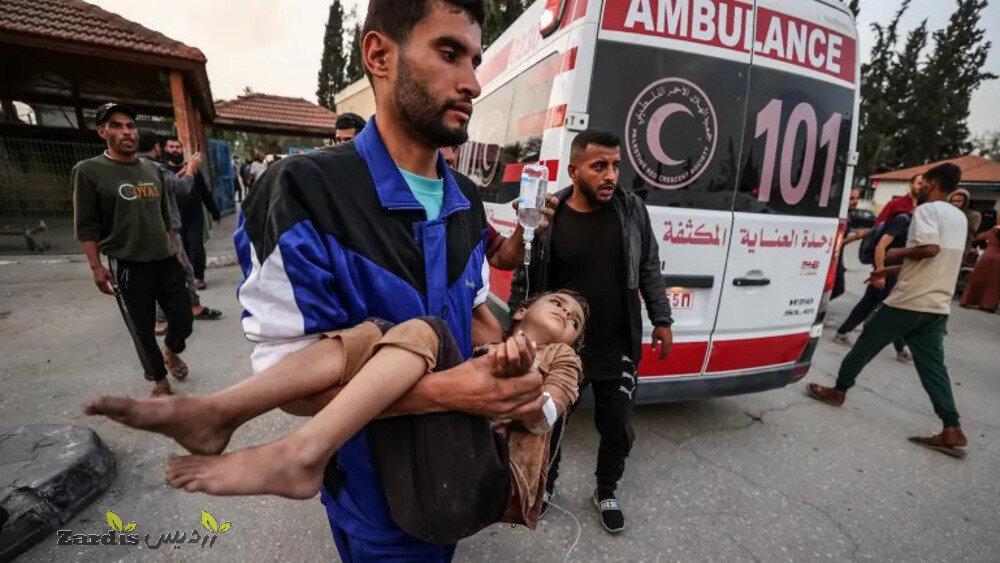TEHRAN – While the world is affected by the coronavirus, people with a bleeding disorder are no exception and are highly bearing the impact.
World Hemophilia Day is an international awareness day for hemophilia and other bleeding disorders. It is held annually on April 17, the date of the birthday of Frank Schnabel, founder of the World Federation of Hemophilia.
Since 1989, World Hemophilia Day is the day the whole bleeding disorders community comes together to celebrate the continuous advances in treatment while raising awareness and bringing understanding and attention to the issues related to proper care to the wider public.
Adapting to change: sustaining care in a new world is this year’s theme. The day is about bringing together the global bleeding disorders community. At a time when coronavirus pandemic has had a major impact on people with a bleeding disorder, the objective has never been more important.
Hemophilia affects approximately 12,000 people in Iran, Mehdi Shadnoush, the head of the health ministry’s management center for transplantation and special diseases, said in July 2020.
About 30 percent of new hemophilia patients are born with a new genetic mutation, meaning they may not have a family history, he lamented.
In Iran, health insurance covers between 80 to 90 percent of the treatment cost for hemophilia patients, and the rest is covered by the support package of the Ministry of Health, and almost all medical expenses for these patients are being paid, he explained.
Ahmad Qavidel, spokesman for the Hemophilia Center of Iran, praised the performance of the Health Ministry in providing access to medicine for hemophilia patients amid the coronavirus crisis and the pressure of inhumane U.S. sanctions.
Based on the daily monitoring of the Hemophilia Center of Iran, a total of 6 COVID-19 cases have been recorded in hemophiliac residents of Tehran, Gilan, Khuzestan, West Azarbaijan, East Azarbaijan, and Fars provinces. Out of a total of 6 cases, one has recovered, 3 cases are in quarantine and 2 cases are hospitalized. Fortunately, there had been no reports of death among these patients.
He further called on the government and the responsible bodies to consider the import of new medicine effective in the treatment of hemophilia, which reduces the treatment costs while increasing the quality of the patients’ lives.
Hemophilia is a hereditary bleeding disorder, in which there is a partial or total lack of an essential blood clotting factor. It is a lifelong disorder, that results in excessive bleeding, and many times spontaneous bleeding, which, very often, is internal.
Hemophilia A is the most common form, referred to as classical hemophilia. It is the result of a deficiency in clotting factor 8, while hemophilia B (Christmas disease) is a deficiency in clotting factor 9. This illness is a sex-linked recessive disorder.
Every year, on April 17, numerous global landmarks light themselves up in red on World Hemophilia Day to help bring attention to those affected by inherited bleeding disorders.
People can also participate in the movement by changing their profile pictures to red color on social media platforms, primarily on Facebook, to spread awareness about Hemophilia.
FB/MG
- News code 19888
- 271 View
- بدون نظر
Zardis news | The latest news of Iran and the world
تمامی حقوق مطالب برای Zardis news محفوظ است و هرگونه کپی برداری بدون ذکر منبع ممنوع می باشد.
طبق ماده 12 فصل سوم قانون جرائم رایانه ای کپی برداری از قالب و محتوا پیگرد قانونی خواهد داشت.
طراحی و اجرا: سامانه سایت ساز زردیس







